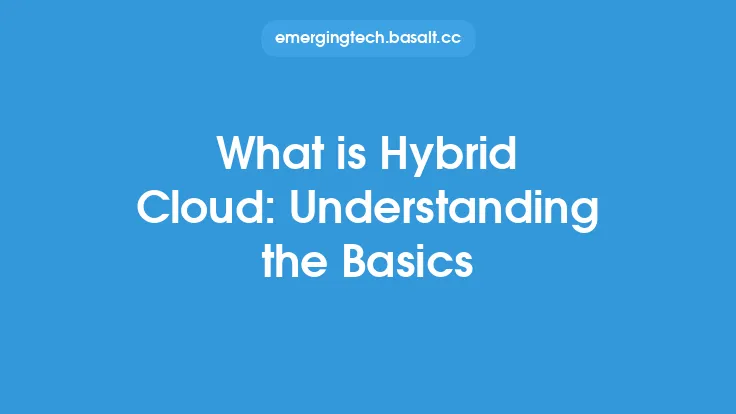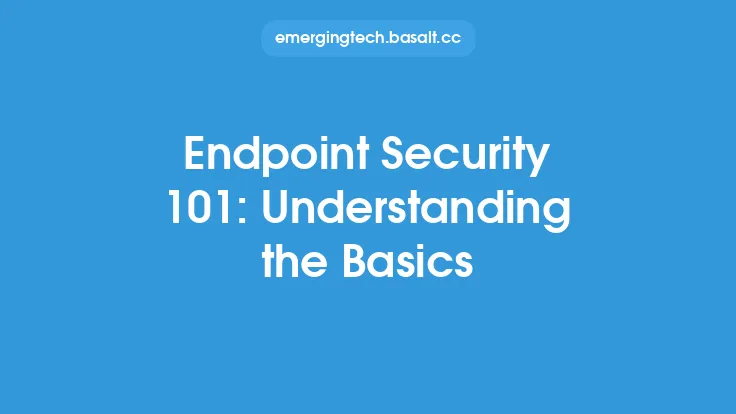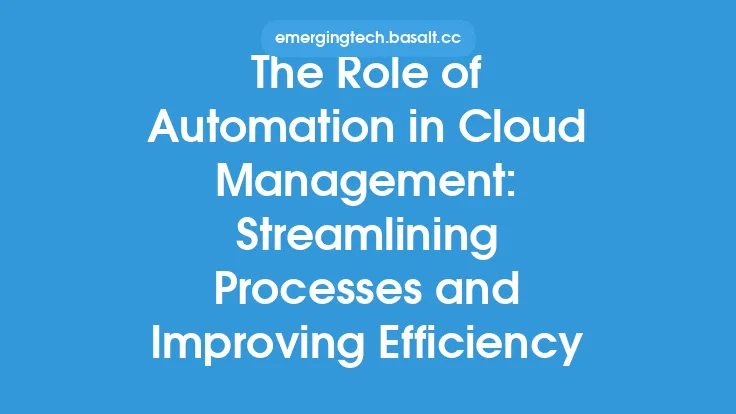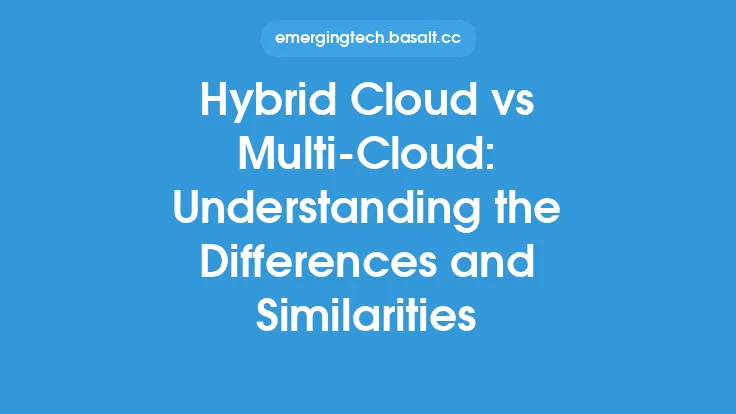Cloud computing has revolutionized the way businesses and individuals store, manage, and process data. At the heart of this revolution is cloud management, which refers to the process of managing and maintaining cloud computing resources, such as servers, storage, and applications. In this article, we will delve into the basics and benefits of cloud management, providing a comprehensive understanding of this critical aspect of cloud computing.
Introduction to Cloud Management
Cloud management involves a range of activities, including provisioning, monitoring, and securing cloud resources. It requires a deep understanding of cloud computing concepts, such as scalability, elasticity, and on-demand self-service. Effective cloud management enables organizations to optimize their cloud resources, reduce costs, and improve overall efficiency. Cloud management can be performed manually or through automated tools, depending on the complexity and scale of the cloud environment.
Cloud Management Basics
To understand cloud management, it's essential to grasp the fundamental concepts of cloud computing. These include:
- Infrastructure as a Service (IaaS): Provides virtualized computing resources, such as servers, storage, and networking.
- Platform as a Service (PaaS): Offers a complete platform for developing, running, and managing applications.
- Software as a Service (SaaS): Delivers software applications over the internet, eliminating the need for local installation and maintenance.
- Public, Private, and Hybrid Clouds: Refers to the deployment models of cloud computing, including public clouds (e.g., AWS, Azure), private clouds (e.g., on-premises data centers), and hybrid clouds (e.g., combination of public and private clouds).
Benefits of Cloud Management
Effective cloud management offers numerous benefits, including:
- Cost Savings: Optimizes resource utilization, reducing waste and minimizing costs.
- Increased Agility: Enables rapid deployment and scaling of cloud resources, improving time-to-market and responsiveness to changing business needs.
- Improved Security: Provides robust security measures, such as encryption, access controls, and monitoring, to protect cloud resources and data.
- Enhanced Collaboration: Facilitates collaboration and communication among teams, stakeholders, and customers, regardless of location or device.
- Better Resource Utilization: Ensures optimal use of cloud resources, reducing idle resources and improving overall efficiency.
Cloud Management Components
Cloud management comprises several key components, including:
- Monitoring and Logging: Tracks cloud resource performance, usage, and security, providing real-time insights and alerts.
- Security and Compliance: Ensures cloud resources and data are secure, compliant with regulatory requirements, and aligned with industry standards.
- Cost Management: Optimizes cloud costs, including resource utilization, pricing, and billing.
- Automation and Orchestration: Automates cloud management tasks, such as provisioning, scaling, and deployment, using tools like scripts, workflows, and templates.
- Governance and Risk Management: Establishes policies, procedures, and controls to manage cloud-related risks, ensure compliance, and maintain governance.
Cloud Management Tools and Technologies
A range of tools and technologies are available to support cloud management, including:
- Cloud Management Platforms (CMPs): Comprehensive platforms that provide a single interface for managing multiple cloud services and resources.
- Cloud Security Gateways: Secure cloud access, encrypt data, and monitor cloud activity.
- Cloud Cost Management Tools: Optimize cloud costs, provide cost analytics, and offer budgeting and forecasting capabilities.
- Automation and Orchestration Tools: Automate cloud management tasks, such as deployment, scaling, and provisioning, using scripts, workflows, and templates.
- Monitoring and Logging Tools: Track cloud resource performance, usage, and security, providing real-time insights and alerts.
Conclusion
Cloud management is a critical aspect of cloud computing, enabling organizations to optimize their cloud resources, reduce costs, and improve overall efficiency. By understanding the basics and benefits of cloud management, organizations can make informed decisions about their cloud strategy and investments. As cloud computing continues to evolve, the importance of effective cloud management will only continue to grow, making it essential for businesses and individuals to stay up-to-date with the latest cloud management trends, tools, and best practices.





